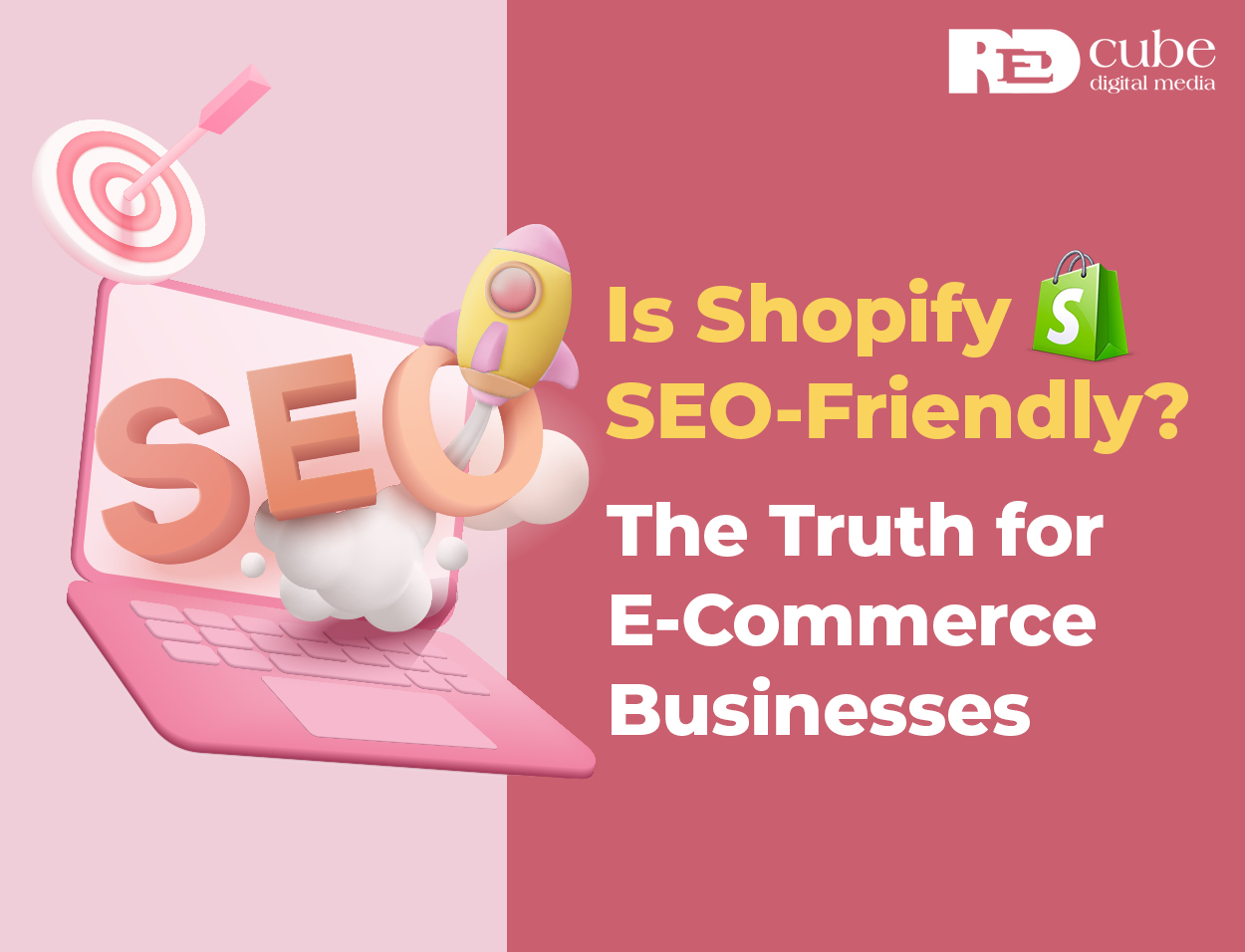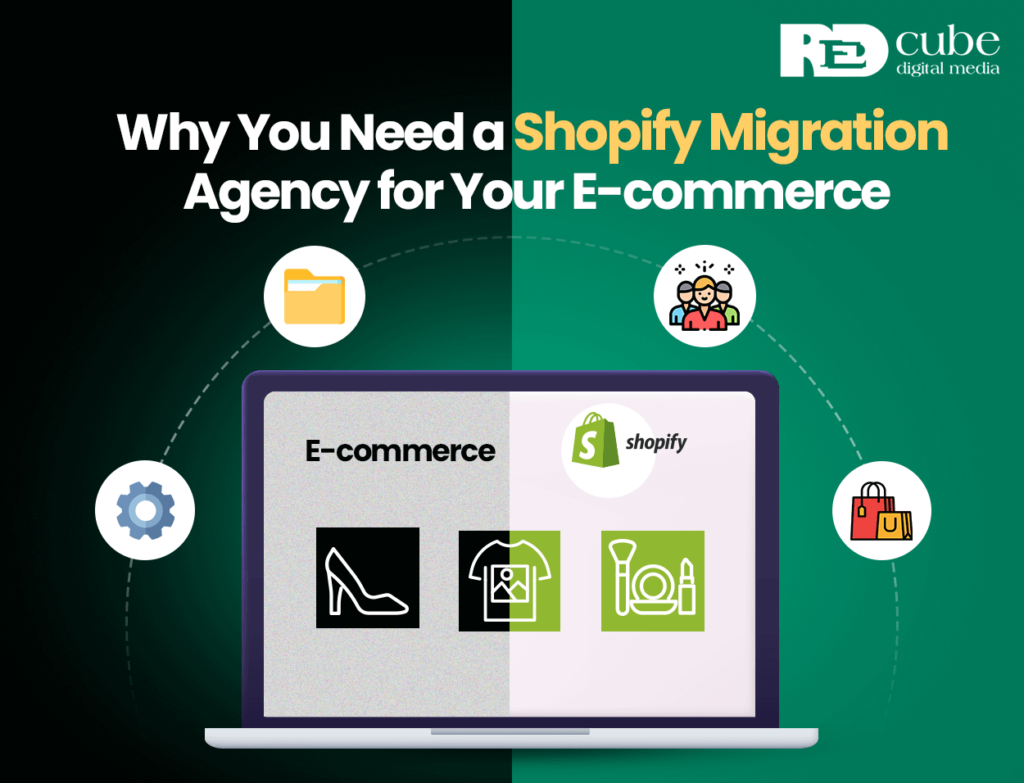Are you ready to take the e-commerce world by storm and build your own online empire? Are you picturing a Shopify store packed with happy customers, all thanks to the power of SEO? Well, hold your horses, because the truth about Shopify SEO is not as simple as it may seem.
Don’t get me wrong, Shopify is an amazing platform for launching your online store. It’s packed with features, user-friendly, and gives you the freedom to focus on what you do best – creating and selling awesome products. However, when it comes to SEO, it’s like a popular kid with a secret shy side.
So, let’s cut to the chase: Is Shopify good for SEO? Get ready to dive deep down the rabbit hole and find out all the nitty-gritty details!
The Good Stuff (Woohoo! )
1. Built-in SEO tools
Shopify provides a range of useful features to optimize your website’s search engine visibility. These include essential elements like meta descriptions, title tags, and image alt text. You can also fine-tune your website’s SEO further by editing your robots.txt and sitemap.xml files, giving you more control over how search engines crawl and index your website.
2. Mobile-first
As search engines increasingly prioritize mobile-friendly websites, having a mobile-responsive online store is crucial for businesses. Shopify stores come with a default mobile-responsive design, which means that your store has a greater likelihood of ranking well on both desktop and mobile searches. With a mobile-responsive design, your store can provide a seamless browsing experience for customers across all devices, improving customer satisfaction and overall sales.
3. Apptastic!
Are you looking to improve your website’s search engine optimization? Perhaps you’d like to increase your website’s visibility on search engine result pages? If so, you’ll be pleased to know that Shopify’s app store has a wide range of SEO tools available that can help you achieve your goals. From keyword research and broken link checker to internal linking apps, there are plenty of options to choose from. However, it’s important to remember to use these tools judiciously and not go overboard, especially if you’re working with a limited budget.
4. Theme selection
Shopify offers a diverse selection of themes that are designed to be search engine optimization (SEO) friendly, with many including built-in features such as optimized code and fast loading speeds. It is important to choose a theme that fits your business needs and goals, as well as provides a positive user experience for your customers.
The Not-So-Good Stuff (But don’t panic! )
1. Limited customization
Shopify is a great platform for hosting an online store, but it does have some limitations when it comes to editing code and working with URL structures. Due to these limitations, it may be more challenging to implement advanced SEO strategies that require more flexibility.
2. Blogging blues
Although Shopify offers the option to create a blog, it may not be the optimal choice for businesses with content-heavy SEO strategies. The blogging capabilities of Shopify may not be as extensive as those offered by other platforms, which can be a disadvantage for those who rely heavily on content marketing to drive traffic to their website.
3. Built-in limitations
It’s worth noting that product reviews can have a significant impact on your website’s search engine optimization (SEO) performance. However, it’s important to keep in mind that most website platforms don’t come equipped with a built-in system for collecting and displaying product reviews. In order to implement this feature, you will likely need to install a third-party app or find a workaround solution.
4. App fatigue
Do you recall the time when the app store was booming with a plethora of options? Although these application programs can be beneficial, excessive dependence on them can cause your website to load slower and negatively impact your Search Engine Optimization (SEO). Therefore, it is crucial to choose wisely and opt for high-quality, well-maintained apps that can enhance your website’s performance without compromising on speed and SEO.
So, is Shopify an SEO dream come true? Nope, but it’s not a nightmare either. It’s a solid platform with both SEO strengths and weaknesses.
Here’s the RedCube Magic touch
Remember, SEO is a marathon, not a sprint. With consistent effort, intelligent strategies, and a sprinkle of Red Cube magic, you can turn your Shopify store into an SEO powerhouse.
- Content is king (and queen)
- Link Love
- Technical TLC
- Stay up-to-date
Focus on creating high-quality, informative, and engaging product descriptions, blog posts, and other content. Optimize for relevant keywords, but remember, humans love to read too!
Build backlinks to your store from high-quality websites. Guest blogging, collaborating with influencers, and directory listings are your friends.
Use SEO apps to address Shopify’s limitations. Fix broken links, optimize image sizes, and ensure your site loads like a rocket.
SEO is constantly evolving. Keep learning, track your results, and adapt your strategy as needed.
3 Bonus Tips to Uplift the SEO Game
1. Consider a free SEO audit
We offer a free SEO audit to help you identify areas for improvement on your Shopify store. Just sayin’.
2. Hire an SEO expert
If you’re feeling overwhelmed, consider hiring an SEO expert to guide you through the process. We’re always happy to help!
3. Have fun along the Journey
So there you have it, the facts about optimizing your Shopify store for search engines have been revealed and accompanied by the extensive knowledge of RedCube. With this newfound information, you can confidently expand your digital presence and take your business to new heights.
If you’re eager to unlock the true potential of your Shopify SEO, don’t hesitate to reach out to Red Cube Digital. Our team of experts will work with you to transform your online store into a powerful revenue-generating machine that attracts and converts more customers.



